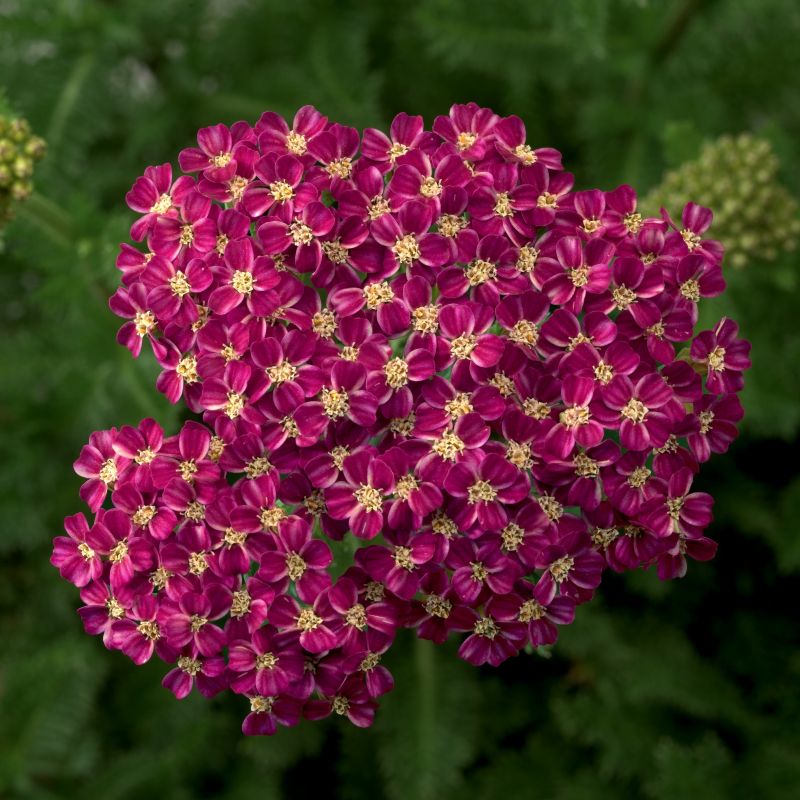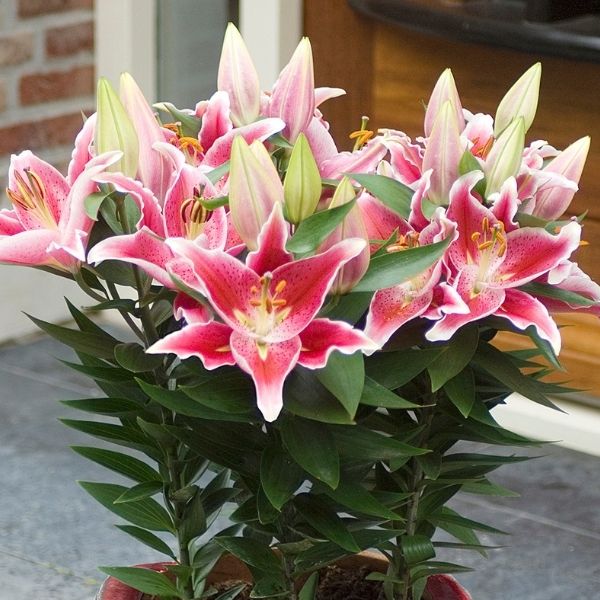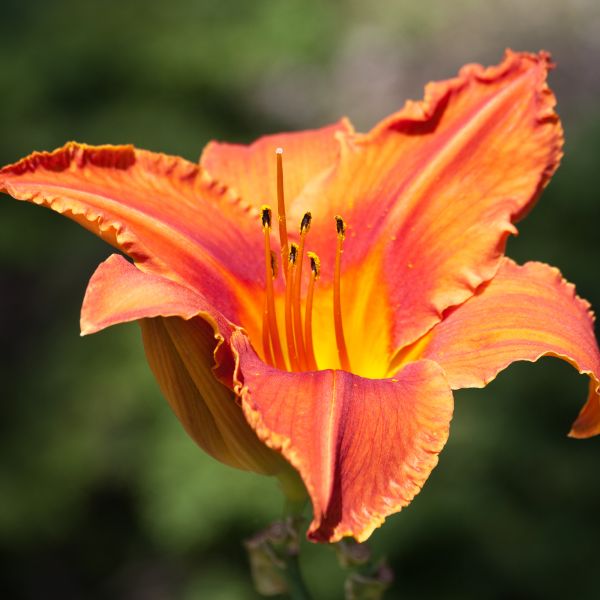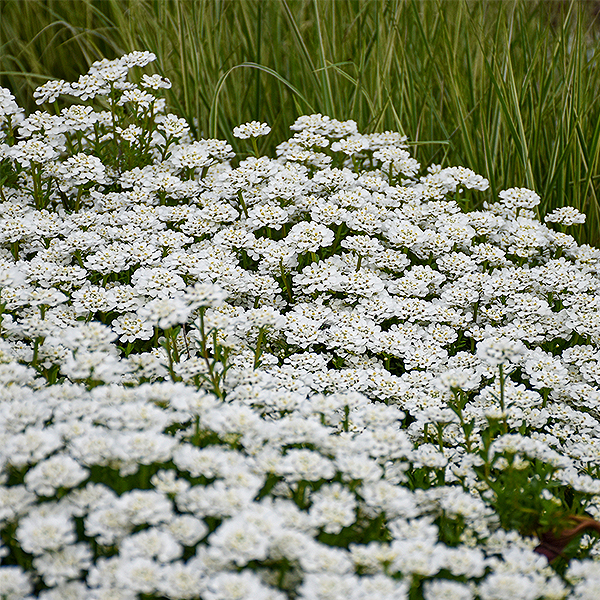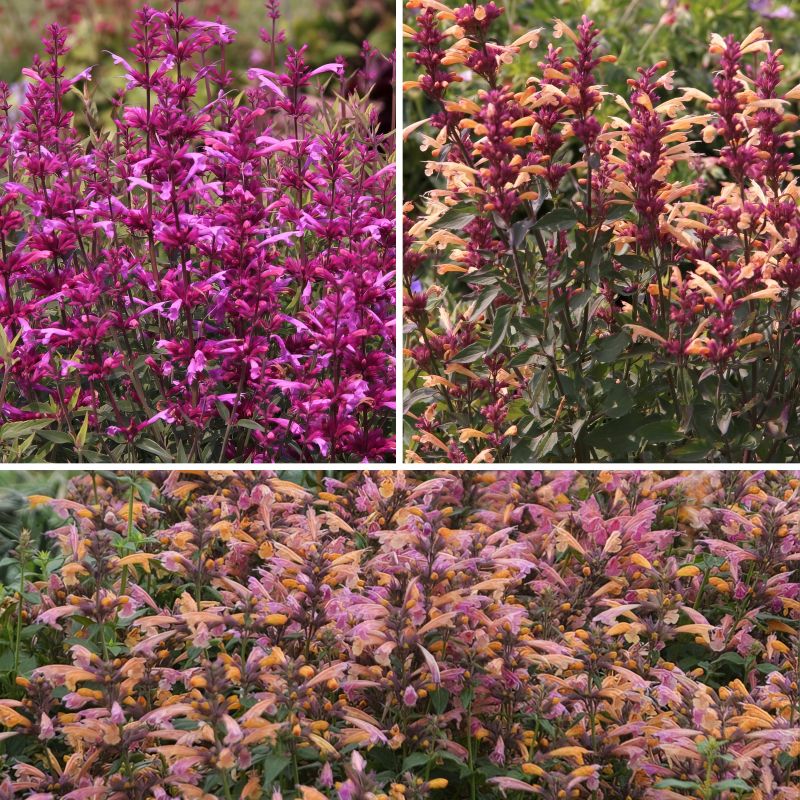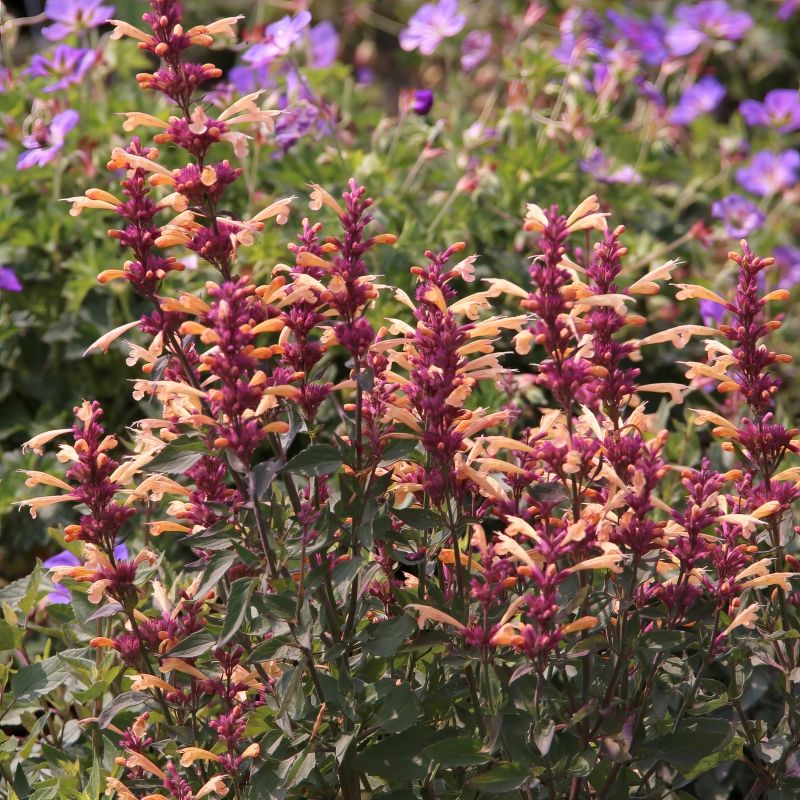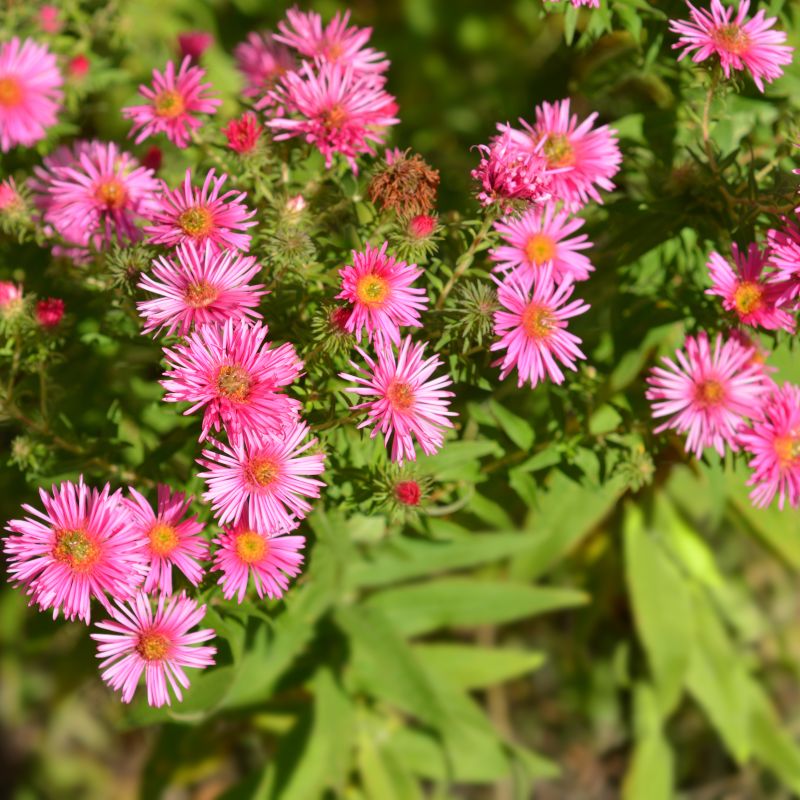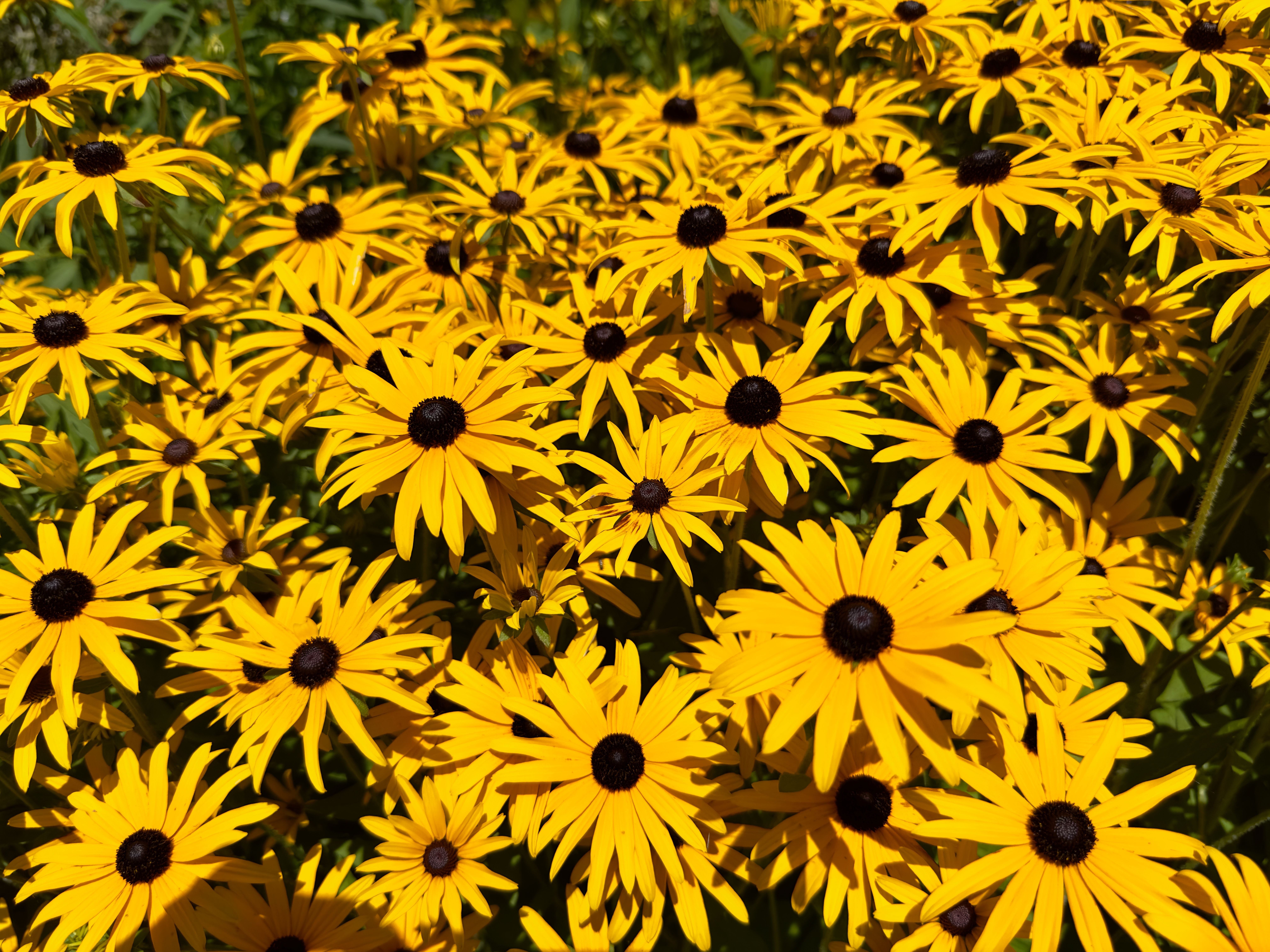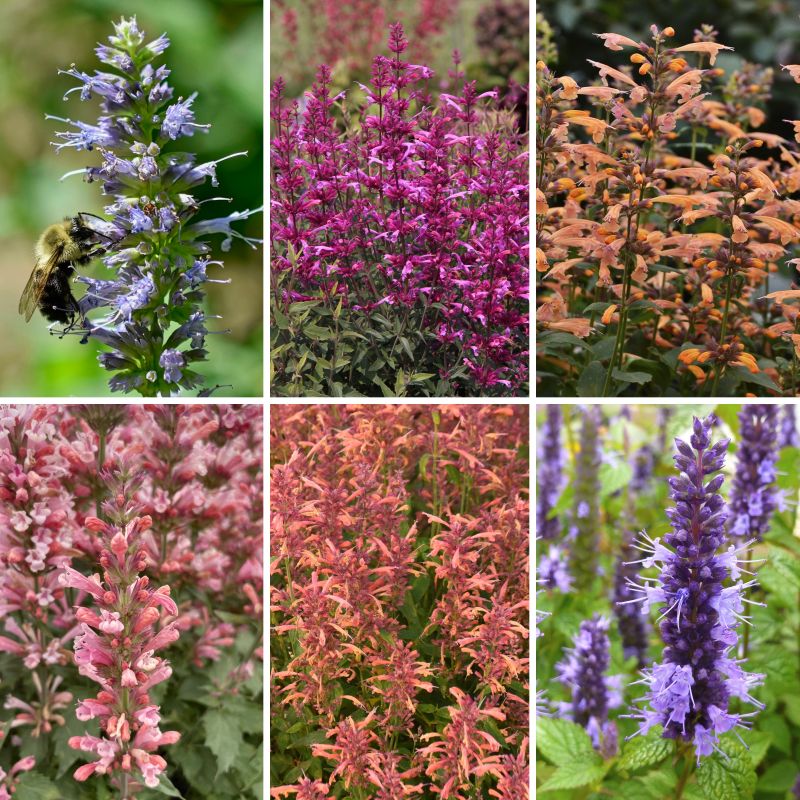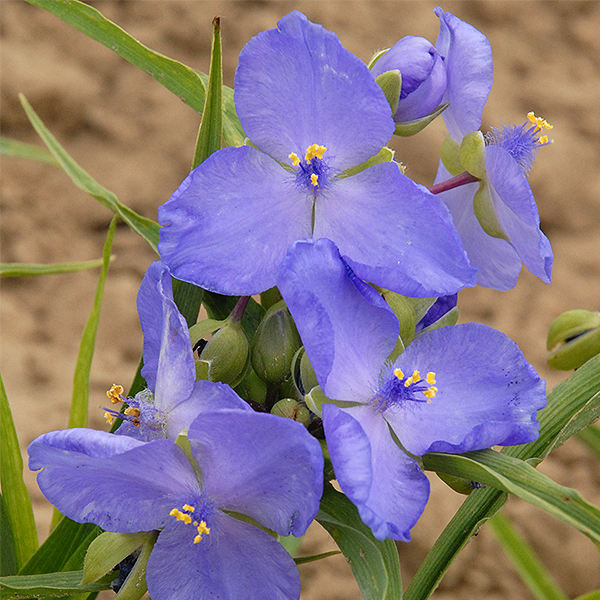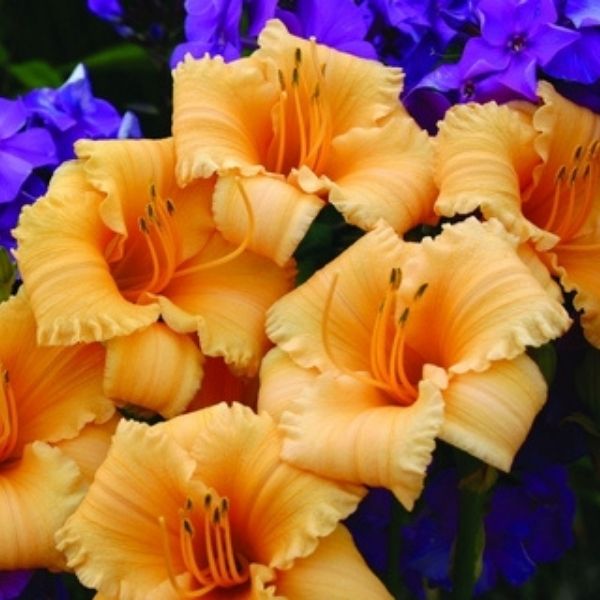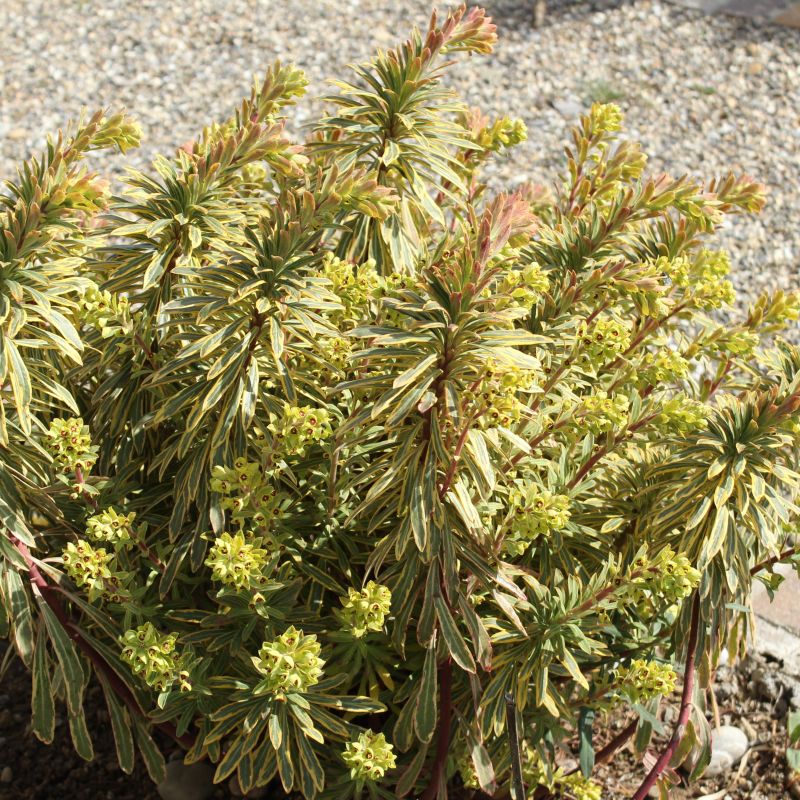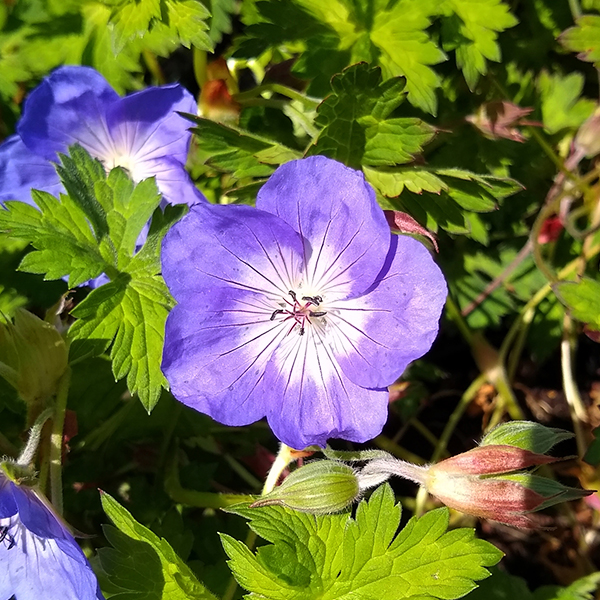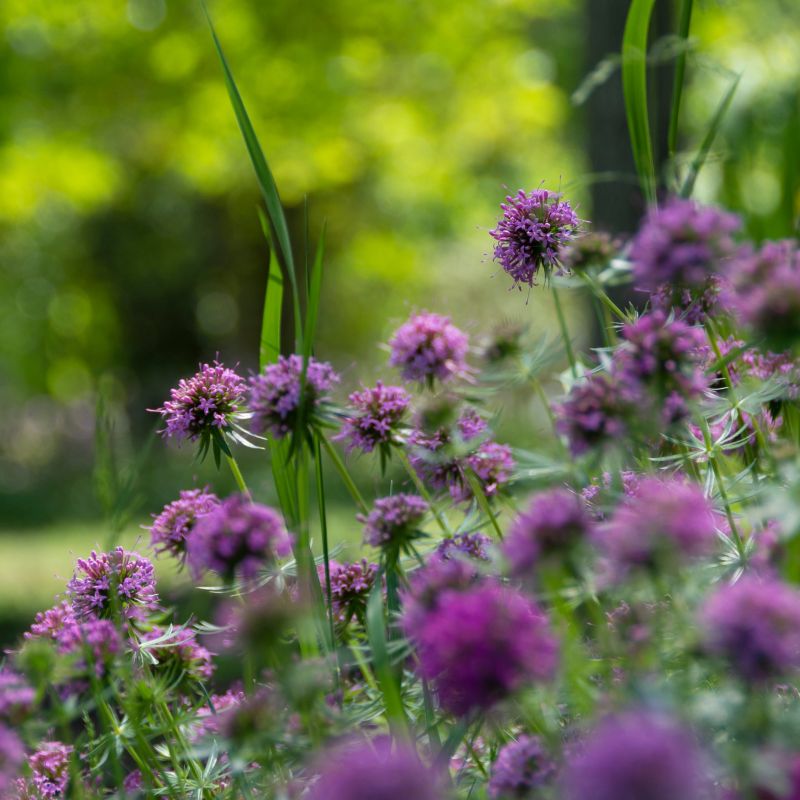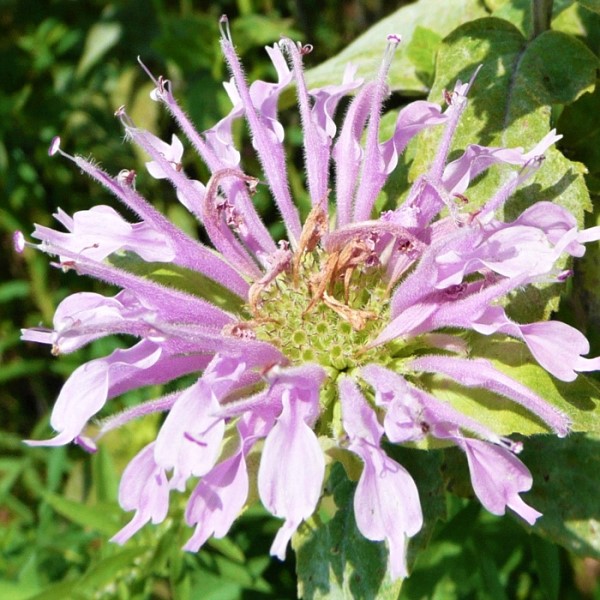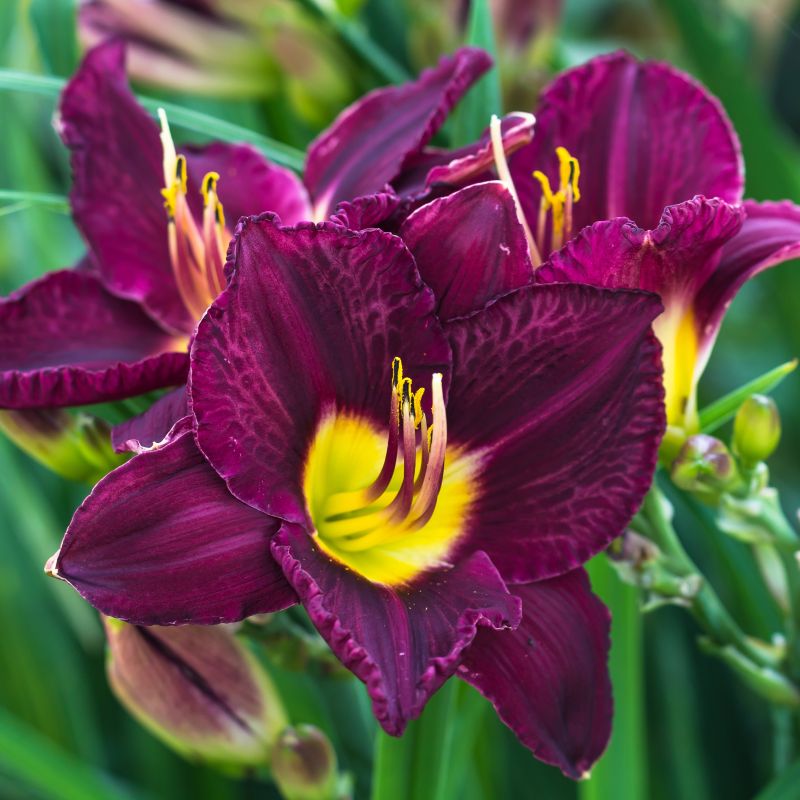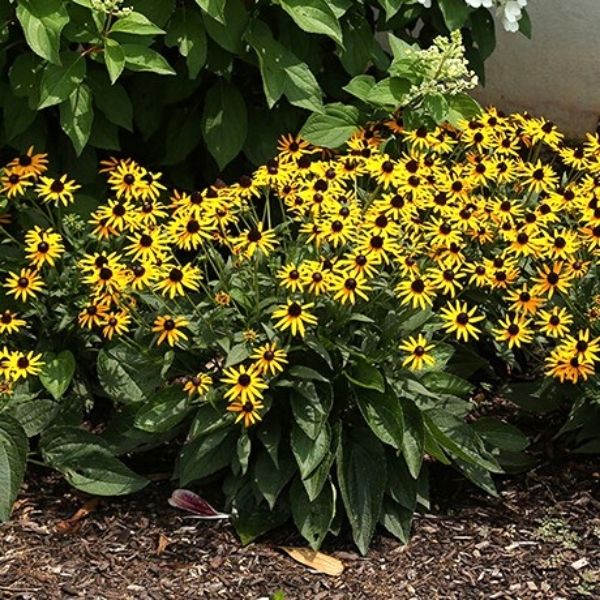
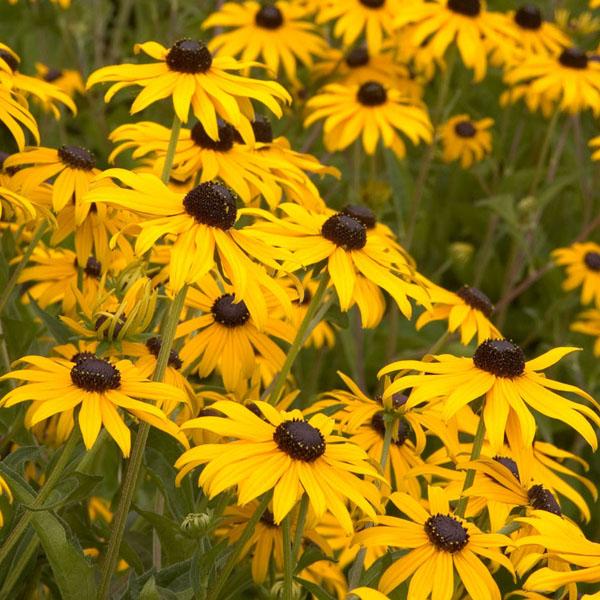
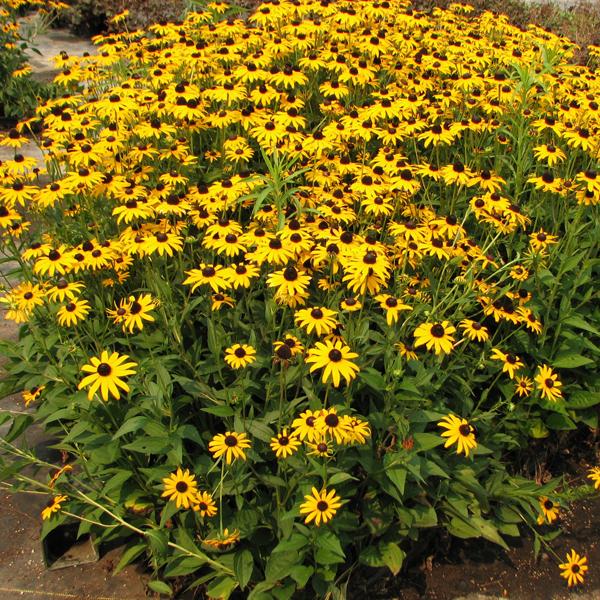
Little Goldstar Black Eyed Susan
Rudbeckia fulgida var. sullivantii 'Little Goldstar'
8 reviews
Little Goldstar Black Eyed Susan
Rudbeckia fulgida var. sullivantii 'Little Goldstar'
8 reviews
- Tolerant of heat and drought
- Compact size perfect for containers or small gardens
- Attracts butterflies and bees
$53.00
$76.00
30% Off
- Ships to 43215 in 3 to 7 days
- Free Shipping Over $150
- Plant Arrival Guarantee
- In Stock
- Free Plant Consult
$200
- 1 Gallon
- Premium 1 Gallon
Why Little Goldstar Black Eyed Susan?
The Little Goldstar Black-eyed Susan is a compact and vibrant perennial that is easy to grow and perfect for gardens, borders, and containers. It produces stunning golden-yellow flowers with dark centers from mid-summer to fall, attracting bees and butterflies with its sweet nectar. It is drought-tolerant, deer-resistant, and thrives in full sun to partial shade. This low maintenance plant reaches a mature height of only 12-18 inches, making it ideal for small gardens and tight spaces.
People who loved this plant also bought
Sunlight
Little Goldstar Black-eyed Susan requires full sun to thrive and produce abundant blooms.
Watering
Little Goldstar Black-eyed Susan requires regular watering, especially during dry spells. It prefers moist soil but can tolerate some drought once established. Provide weekly deep waterings, allowing the soil to dry slightly between waterings.
Fertilizing
Little Goldstar Black-eyed Susan requires a well-drained soil with a balanced fertilizer applied in early spring before new growth begins. It benefits from a slow-release, granular fertilizer with equal amounts of nitrogen, phosphorus, and potassium.
The Little Goldstar Black-eyed Susan, also known as Rudbeckia hirta, is a compact perennial native to North America and notable for being incredibly floriferous. Against a striking dark green foliage, it blooms with star-shaped golden yellow flowers, giving it the first part of its name.
With a dark central tone and the star shape in contrast with the rich green foliage, Little Goldstar's Black-eyed Susan will attract attention wherever it's planted in the landscape. To add to its poetic display, even its name comes from an Old English Poem.
The plant blooms from midsummer through early fall and is borne on branching, upright stems. This dwarf Rudbeckia is a very prolific performer. Its petite size makes it ideal for the front of the border and perfect for containers. It's also pretty low maintenance.
The Little Goldstar Black-eyed Susan thrives in full sun or partial shade in moderately fertile (overly rich soil should be avoided), moist, well-drained soils. Remove spent flowers to promote continuous bloom.
A robust, low maintenance, highly disease resistant, and drought tolerant plant, you can't go wrong with Little Goldstar. You can plant it in USDA zones 4-10. The plant is attractive to butterflies but is deer and rabbit resistant. Order yours today from Shrubhub to ensure you'll receive the healthiest plant possible.
Plant Information:
| Botanical Name: | Rudbeckia fulgida var. sullivantii 'Little Goldstar' |
| USDA Zones: | 4 - 9 |
| Water: | Low Once Established |
| Exposure: | Full Sun |
| Soil Needs: | Well-Drained |
| Mature Height: | 12 - 18 inches |
| Mature Spread: | 18 inches |







Pollination Info
Pollination Info for Little Goldstar Black-eyed Susan (Rudbeckia fulgida var. sullivantii 'Little Goldstar')
Little Goldstar Black-eyed Susan (Rudbeckia fulgida var. sullivantii 'Little Goldstar') is a perennial plant that belongs to the family Asteraceae, commonly known as the Sunflower family. The plant is native to North America and is known for its bright yellow-gold blooms with a dark center, resembling a black eye.
Little Goldstar Black-eyed Susan is pollinated by bees, butterflies, and other insects. The plant produces nectar and pollen that attracts these pollinators, which transfer the pollen from the male parts of the flower to the female parts, resulting in fertilization. The fertilized flowers eventually develop into seeds, which are dispersed by wind or animals.
Pollination is crucial for the reproduction and survival of Little Goldstar Black-eyed Susan and other flowering plants. Without pollinators, the plant would not be able to produce seeds and thus continue its life cycle. It is therefore important to protect and conserve pollinators and their habitats.
FAQ
Frequently Asked Questions about Little Goldstar Black-eyed Susan (Rudbeckia fulgida var. sullivantii 'Little Goldstar')
Q: What is Little Goldstar Black-eyed Susan?
Little Goldstar Black-eyed Susan (Rudbeckia fulgida var. sullivantii 'Little Goldstar') is a dwarf variety of the popular Black-eyed Susan perennial flower. It features bright yellow-orange flowers with dark brown centers and daisy-like petals. It grows to be about 2 feet tall and blooms from midsummer to fall.
Q: How do I care for Little Goldstar Black-eyed Susan?
Little Goldstar Black-eyed Susan is a low maintenance plant that prefers well-draining soil and full sun exposure. Water regularly, especially during hot and dry weather. Deadhead regularly to promote the growth of new flowers. You may also divide the plant in early spring if necessary.
Q: Will Little Goldstar Black-eyed Susan attract pollinators?
Yes, Little Goldstar Black-eyed Susan is known for attracting butterflies, bees, and other pollinators to your garden.
Q: Can I plant Little Goldstar Black-eyed Susan in a container?
Yes, Little Goldstar Black-eyed Susan can be planted in a container as long as it has enough space and adequate drainage. Be sure to provide regular watering and fertilizing as well.
Q: Does Little Goldstar Black-eyed Susan have any pest or disease problems?
Little Goldstar Black-eyed Susan is generally resistant to pests and diseases. However, it may occasionally suffer from powdery mildew and aphids. Be sure to plant it in well-draining soil and provide adequate air circulation to prevent these issues.
Q: When is the best time to plant Little Goldstar Black-eyed Susan?
The best time to plant Little Goldstar Black-eyed Susan is in spring or fall. This will allow the plant to establish a strong root system before blooming in the summer.
Planting & Care
Planting Little Goldstar Black-eyed Susan
- Choose a spot with full sun or partial shade.
- Plant in well-drained soil that has been amended with organic matter.
- Dig a hole twice the size of the root ball and loosen the soil around it.
- Place the plant in the hole and backfill with soil, pressing gently to eliminate air pockets.
- Water thoroughly.
- Plant in spring or late summer.
- Space plants about 12-18 inches apart.
Caring for Little Goldstar Black-eyed Susan
- Water deeply once a week, especially during dry periods.
- Fertilize in spring with a balanced 10-10-10 fertilizer.
- Deadhead spent blooms regularly to encourage continuous blooming.
- Prune stems back to the ground in late fall or early spring.
- Divide the plants every two to three years to promote healthy growth.
- Protect from deer and rabbits by surrounding with a fence or using repellants.
Little Goldstar Black-eyed Susan is a low maintenance plant that adds a burst of bright color to any garden. By following these simple planting and care tips, you can ensure that your Little Goldstar Black Eyed Susan will thrive and blossom year after year.
Check Out These Verified Customer Reviews:
Customer Reviews
4.6 out of 5 based on 8 reviews
Thank you! Your review has been submitted.
Website easy to use, great selection
Lovely addition to my garden, thriving well
Beautiful black-eyed susan, vibrant colors
Item has been added to your cart.




